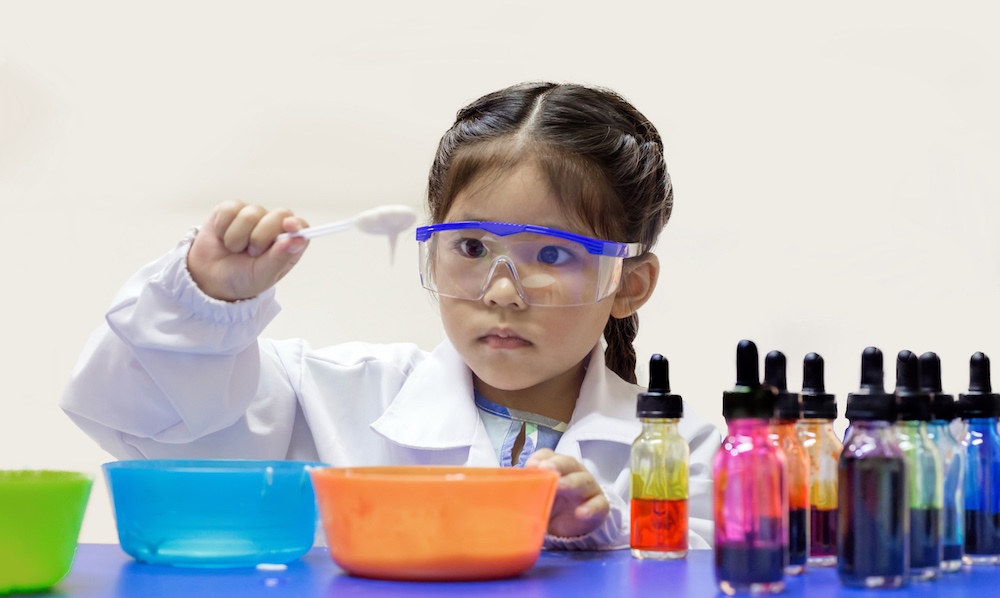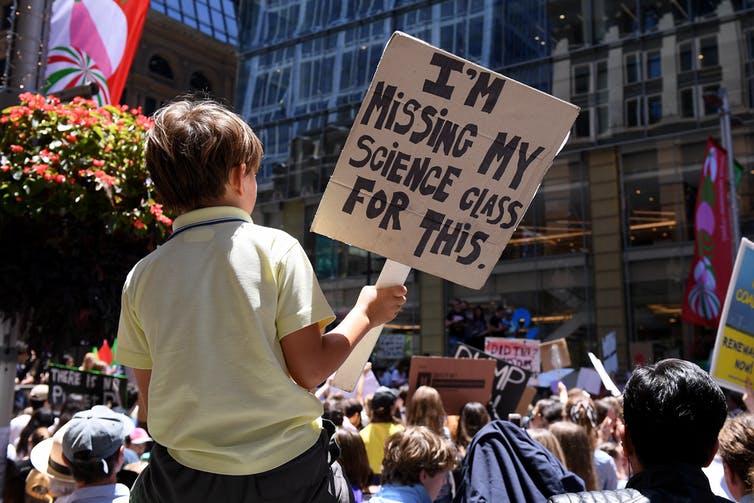Science rooms for fun and safe learning
From dissecting organisms to discussing and observing chemical reactions, everyone has a fun memory from their school science class.

Teaching science, and designing a functional science laboratory can prove challenging. Unlike general learning areas, science rooms need distinct spaces for hands-on experiments, and for theoretical teaching and learning. The evolution of the science curriculum over the past decade may mean that your science area needs an update.
Read the latest print edition of School News HERE
Safety First
Different states may have different mandatory and recommended safety procedures for science experiments, laboratories, and equipment. Make sure your school is compliant with all necessary regulations in regards to safety, chemical storage, appropriate surfaces, and general health and safety guidelines.
All science learning environments should be equipped with appropriate Personal Protective Equipment (PPE), including lab coats, safety googles, face shields, gloves, and coveralls. Even in the early years, where experiments may not pose any actual danger, it is a good idea to get students into the habit of using PPE for science activities.
In case something does go wrong, it is important to have well-maintained emergency showers and eyewashes that are compliant with Australian Standards. Sufficient hand washing facilities should also be available, appropriate to the number of staff and students in the space, and the activities being undertaken.
Legislation requires that, if dangerous goods are stored on your premises, employers must ensure health and safety by guaranteeing that goods are packaged, labelled, and contained correctly, in accordance with relevant codes and regulations. Correct storage will also minimise any damage from spills and leaks. Locked cabinets are the best solution for this, with models available to suit flammable liquids, corrosive substances, and items which must be kept chilled.
Depending on the experiments conducted within the laboratory and the use of potentially volatile substances, schools should consider specialised science equipment such as dedicated fume cupboards. These are designed for use with substances that are volatile, which means they readily become gaseous when exposed to air. Schools planning on undertaking experiments with volatile substances should invest in compliant ventilation systems, which can be configured to suit teaching needs.
It is important to note that, as with all protective and safety equipment, the efficacy of fume cupboards in protecting staff and students from unwanted accidents depends on them being used correctly. Schools should ensure they receive comprehensive operating and safety instructions from the supplier, and that they follow these diligently.

Functional furniture choices
Flexible furniture can improve the functionality of science areas. High benches on castors, which can lock into place, can serve as both student desks as well as experiment surfaces. These can also be moved out of the way or reconfigured easily to suit any task.
Chairs with adjustable heights may also prove useful, as they can be used at high benches for experiments, and low desks for teacher-led learning, and computer use. Opting for surfaces that can be wiped down, like plastic, stainless steel and vinyl may prove wise, so that any mess can be easily cleaned.
When choosing any furniture items, remember to ensure they meet the necessary standards in your state for science areas. Durable surfaces that are resistant to corrosion are best. Any damage should be immediately reported, and repaired as soon as possible.
Storage space is essential in the science lab, to ensure the range of equipment needed during a lesson is easily accessible. Low cupboards, and over-bench shelving and cupboards will make it simple for students to find and use equipment.
Some schools choose to separate their labs into distinct disciplines, with rooms for biology, chemistry, physics and so on. This means only equipment specific to that discipline needs to be stored in each room.
Make it fun and safe
Sharyn Johnson from Lab Systems said science classrooms should be a fun and safe environment for experimenting and learning, along with access to integrated media supply systems incorporated into the STEAM learning space. These areas should support flexibility of use by teachers and students to enhance the teaching and learning environment.
For optimal functionality and safety, Ms Johnson believes that all technical equipment should be well maintained. “General maintenance can be done by the school, however an annual service should be performed by a qualified technician and is recommended to ensure optimum performance and comply with Australian Standards”
Ms Johnson said chemical storage units are a safe and effective way of keeping chemicals contained. “Dedicated chemical storage will ensure all chemicals and substances are kept safe and are only accessible by the appropriate school staff.”







